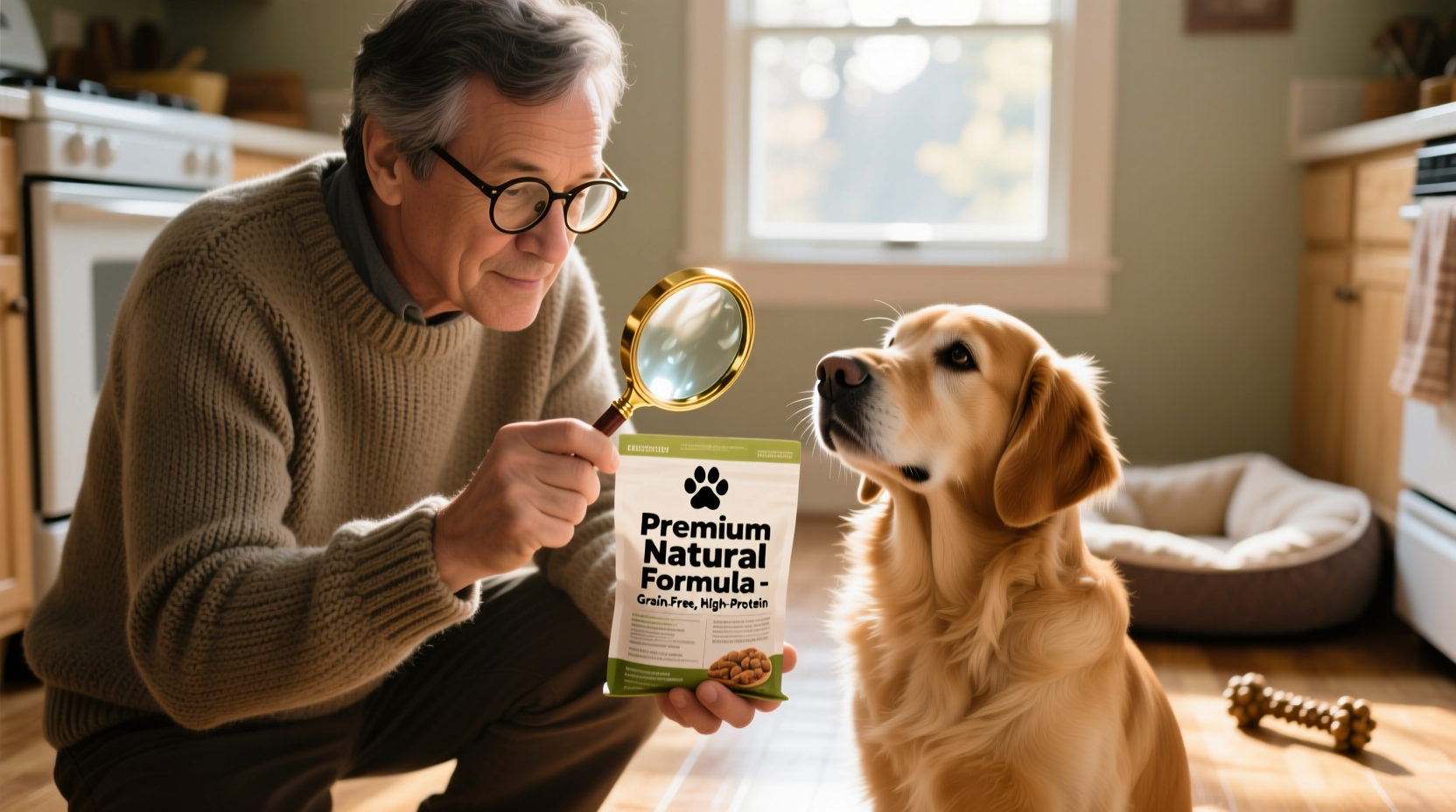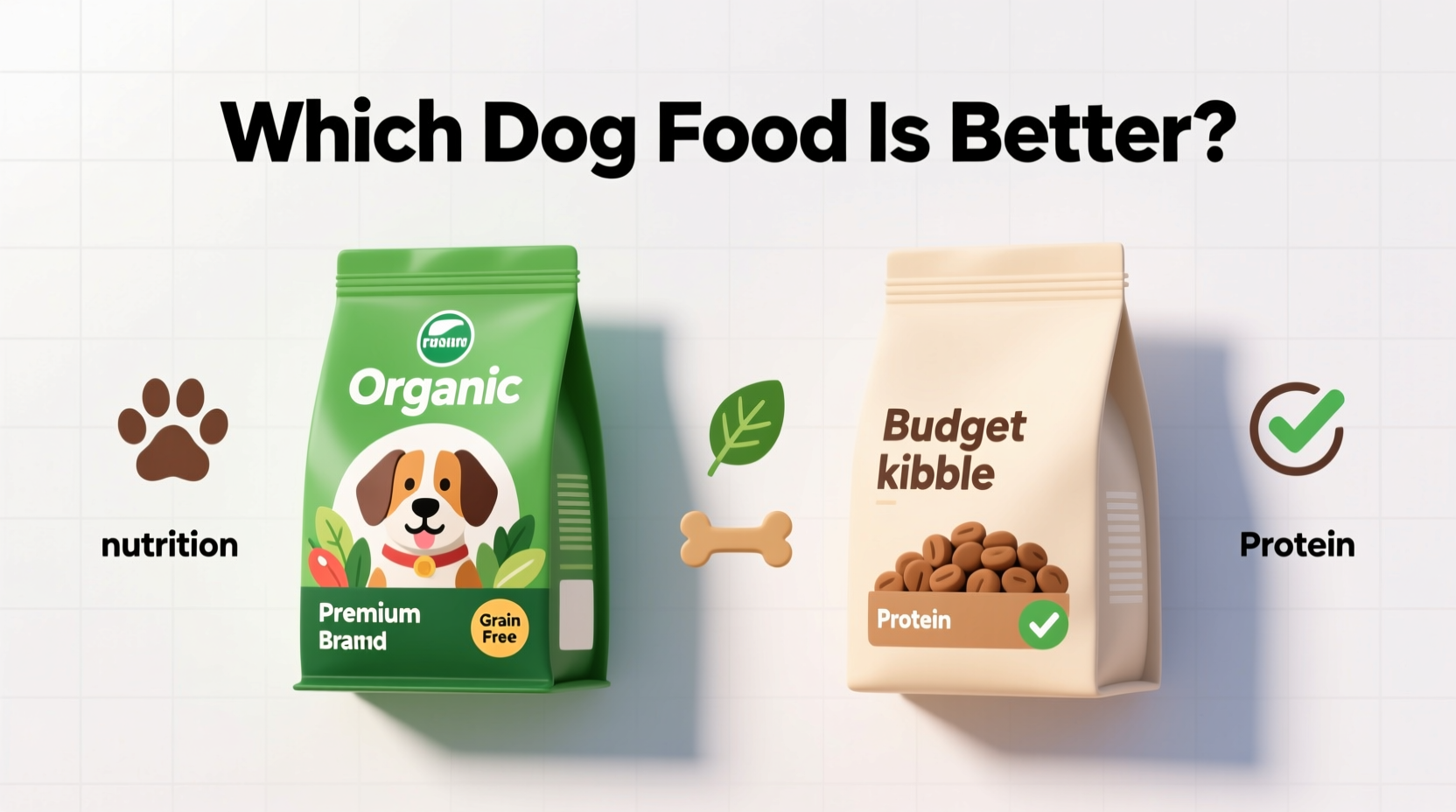Choosing the right dog food feels overwhelming with countless options promising superior nutrition. This guide cuts through marketing hype with science-backed insights to help you make informed decisions based on your dog's unique requirements—not brand popularity or clever packaging.
Your Dog's Nutritional Blueprint
Dogs aren't small humans—they require specific nutrient profiles that vary by life stage and health status. The Association of American Feed Control Officials (AAFCO) establishes nutritional standards ensuring complete and balanced diets. Look for the AAFCO statement confirming the food meets requirements for your dog's life stage: puppy, adult, or all life stages.
Contrary to popular belief, ingredients alone don't determine quality. A 2022 Journal of Animal Science review found that nutritional adequacy depends more on final nutrient composition than individual ingredients. What matters most is whether the food delivers appropriate protein levels (18-25% for adults), fat content (10-15%), and essential fatty acids like omega-3s.
Decoding Marketing Claims vs Nutritional Reality
Dog food packaging features numerous claims that often mislead well-intentioned owners. This comparison reveals what actually matters:
| Marketing Term | What It Actually Means | What to Verify |
|---|---|---|
| “Grain-Free” | No wheat, corn, or rice—replaced with legumes | FDA warning about potential heart disease link |
| “Human-Grade” | Unregulated term with no legal definition | Check for AAFCO nutritional adequacy statement |
| “Natural” | Minimal processing, no artificial colors/flavors | Confirm complete nutrient profile meets AAFCO standards |
| “Holistic” | Marketing term with no regulatory meaning | Ignore—focus on nutritional composition instead |
Dry vs Wet Food: Evidence-Based Comparison
Dry kibble offers dental benefits through mechanical cleaning action, but wet food provides crucial hydration—especially important for dogs prone to urinary issues. A 2021 Veterinary Sciences study showed dogs eating wet food consumed 30% more water daily than kibble-fed counterparts.
When evaluating dry food options, look for appropriate kibble size for your dog's breed. Small breeds need smaller kibble to prevent dental issues, while large breeds benefit from larger pieces that encourage chewing. For dogs with dental problems, your veterinarian might recommend therapeutic dental diets with specific kibble textures.

Grain-Free Diets: Understanding the Controversy
The grain-free trend gained popularity despite limited scientific backing. Consider this timeline of key developments:
| Year | Key Event | Scientific Response |
|---|---|---|
| 2014-2018 | Grain-free market share grows to 40% | No initial concerns from veterinary community |
| 2018 | FDA receives first reports of DCM in grain-free fed dogs | Investigation launched into potential link |
| 2019-2022 | Over 1,100 DCM cases reported in grain-free fed dogs | Research identifies potential legume-heart connection |
| 2023 | FDA confirms statistical association with grain-free diets | Recommendation to consult veterinarians before choosing grain-free |
The FDA maintains an ongoing investigation into the potential link between certain grain-free diets and dilated cardiomyopathy (DCM). Their current position states: "We're still learning about how these diets may be connected to DCM in dogs." This doesn't mean all grain-free foods are dangerous, but indicates certain formulations may pose risks for susceptible breeds.
Special Dietary Considerations
Some dogs require specialized nutrition due to health conditions. However, therapeutic diets should only be used under veterinary supervision:
- Food allergies: True food allergies affect only 1-2% of dogs. Most suspected allergies are actually intolerances. Elimination diets remain the gold standard for diagnosis.
- Senior dogs: Older dogs often need fewer calories but more protein to maintain muscle mass. Look for senior formulas with adjusted calorie density.
- Weight management: Prescription weight control diets contain specific fiber blends that promote satiety while reducing calories.
When selecting dog food for specific health conditions, verify that the manufacturer employs veterinary nutritionists. The American College of Veterinary Nutrition maintains a directory of board-certified specialists who formulate therapeutic diets.
Making Informed Choices: 5 Essential Questions
Before purchasing any dog food, ask these evidence-based questions:
- Does it carry an AAFCO nutritional adequacy statement for my dog's life stage?
- Who formulates the food, and what are their credentials? (Look for PhD in animal nutrition or board-certified veterinary nutritionist)
- Can the company provide results from feeding trials or nutrient analysis?
- How does the company ensure quality control and safety?
- What research supports their specific formulations?
Reputable companies transparently share this information. Brands that can't answer these questions likely prioritize marketing over nutritional science. The World Small Animal Veterinary Association provides guidelines for evaluating pet food quality that veterinarians worldwide follow.
Transitioning Foods Safely
Changing dog food requires careful transition to avoid digestive upset. Follow this evidence-based protocol:
- Days 1-2: 25% new food, 75% current food
- Days 3-4: 50% new food, 50% current food
- Days 5-6: 75% new food, 25% current food
- Day 7: 100% new food
Monitor for adverse reactions including vomiting, diarrhea, or decreased appetite. If your dog has a sensitive stomach, extend the transition period to 10-14 days. Always consult your veterinarian before changing foods for dogs with medical conditions.
Practical Next Steps
Start by examining your current dog food label against AAFCO standards. Consult your veterinarian about your dog's specific nutritional requirements—they can help interpret whether marketing claims align with actual nutritional value. When considering a change, prioritize foods with transparent ingredient sourcing and veterinary nutritionist involvement over trendy formulations lacking scientific backing.











 浙公网安备
33010002000092号
浙公网安备
33010002000092号 浙B2-20120091-4
浙B2-20120091-4